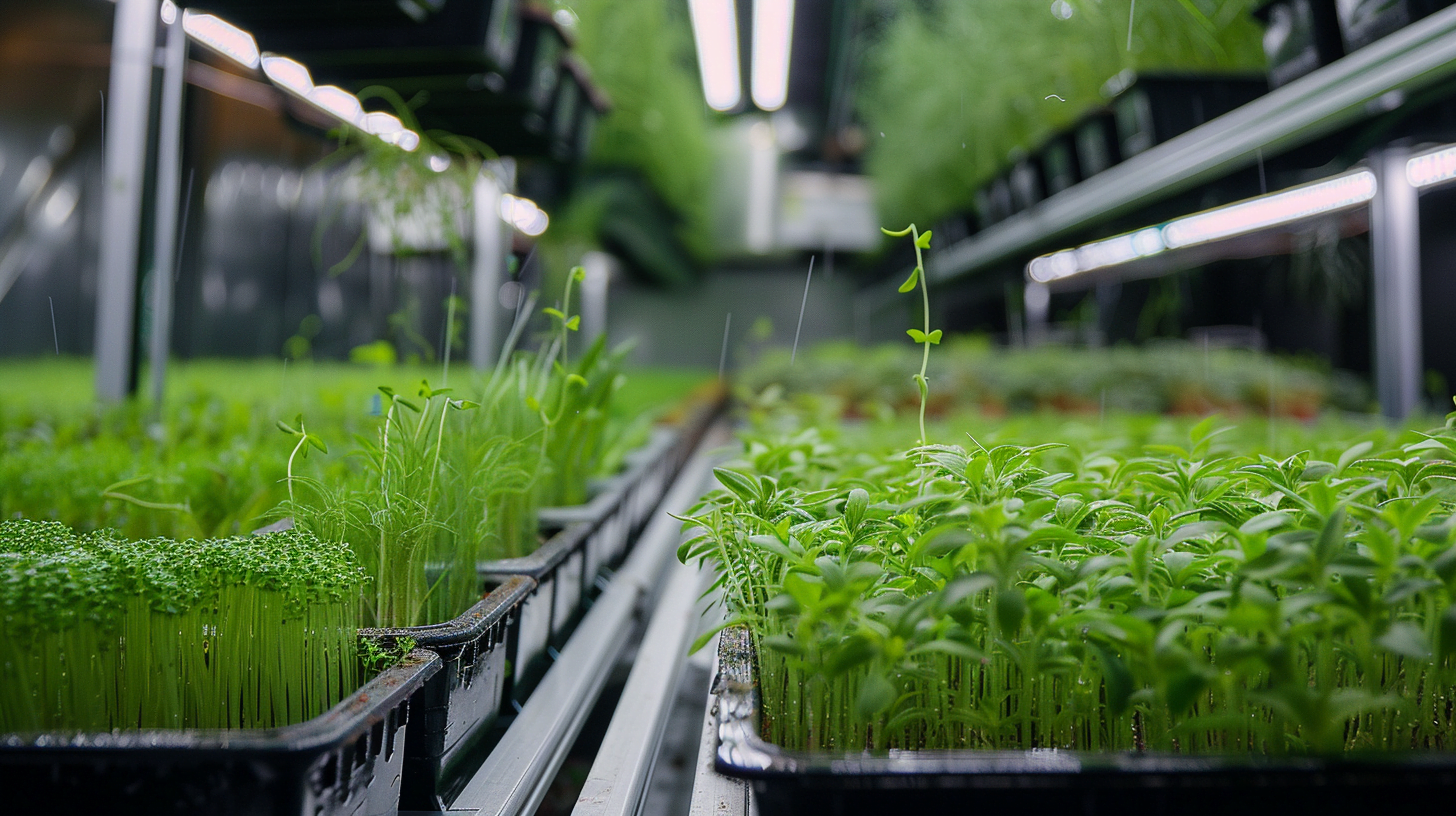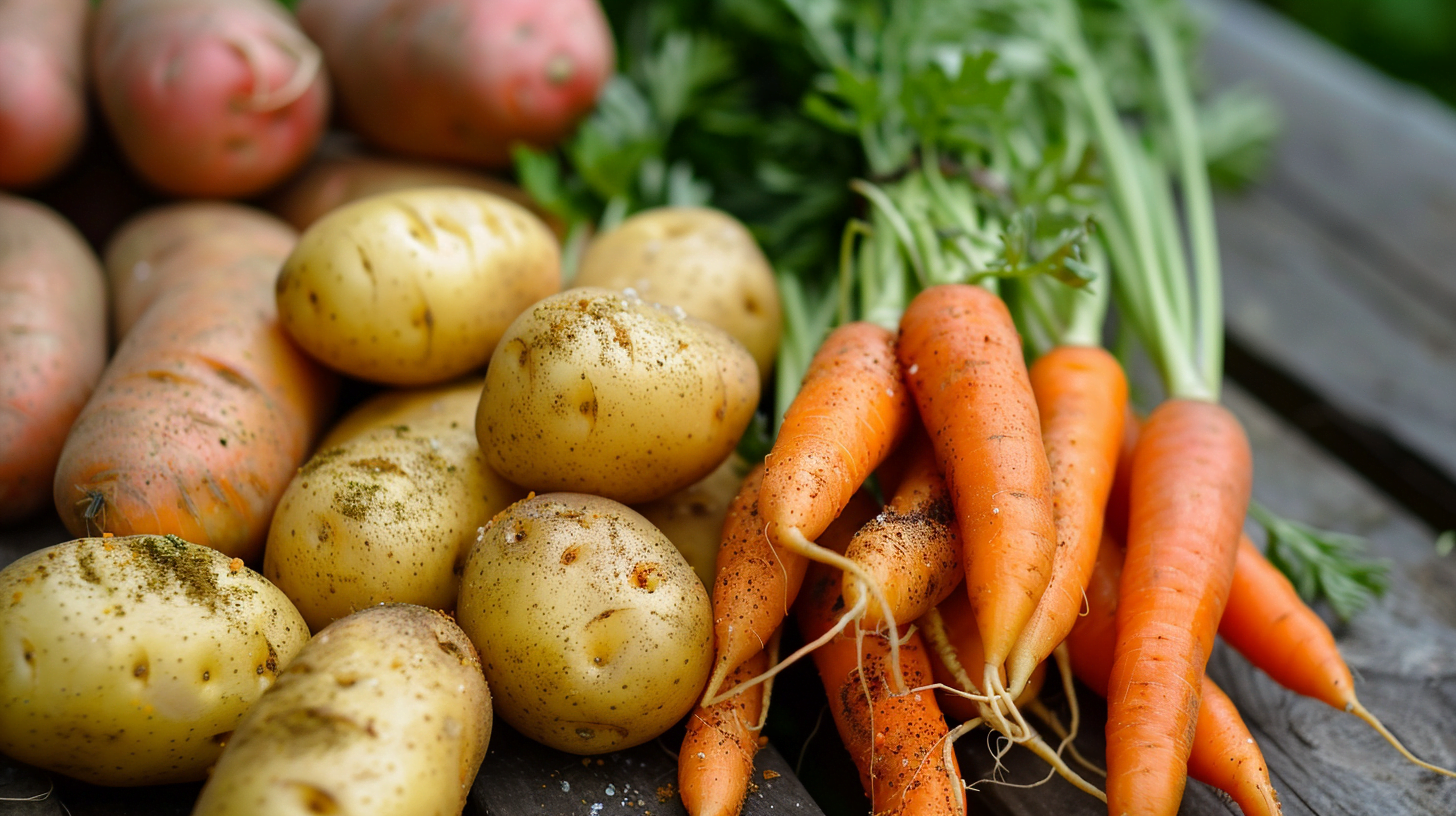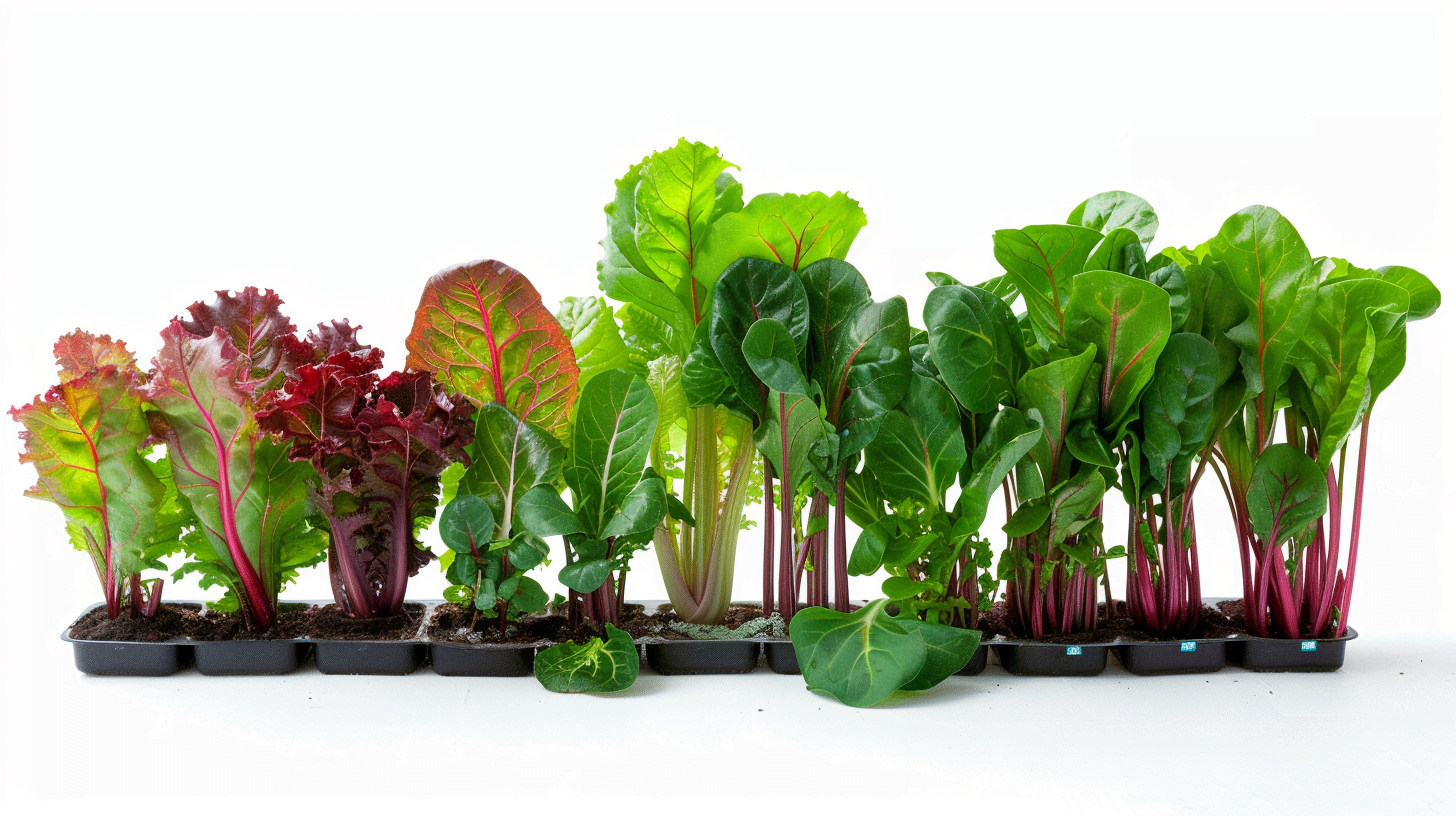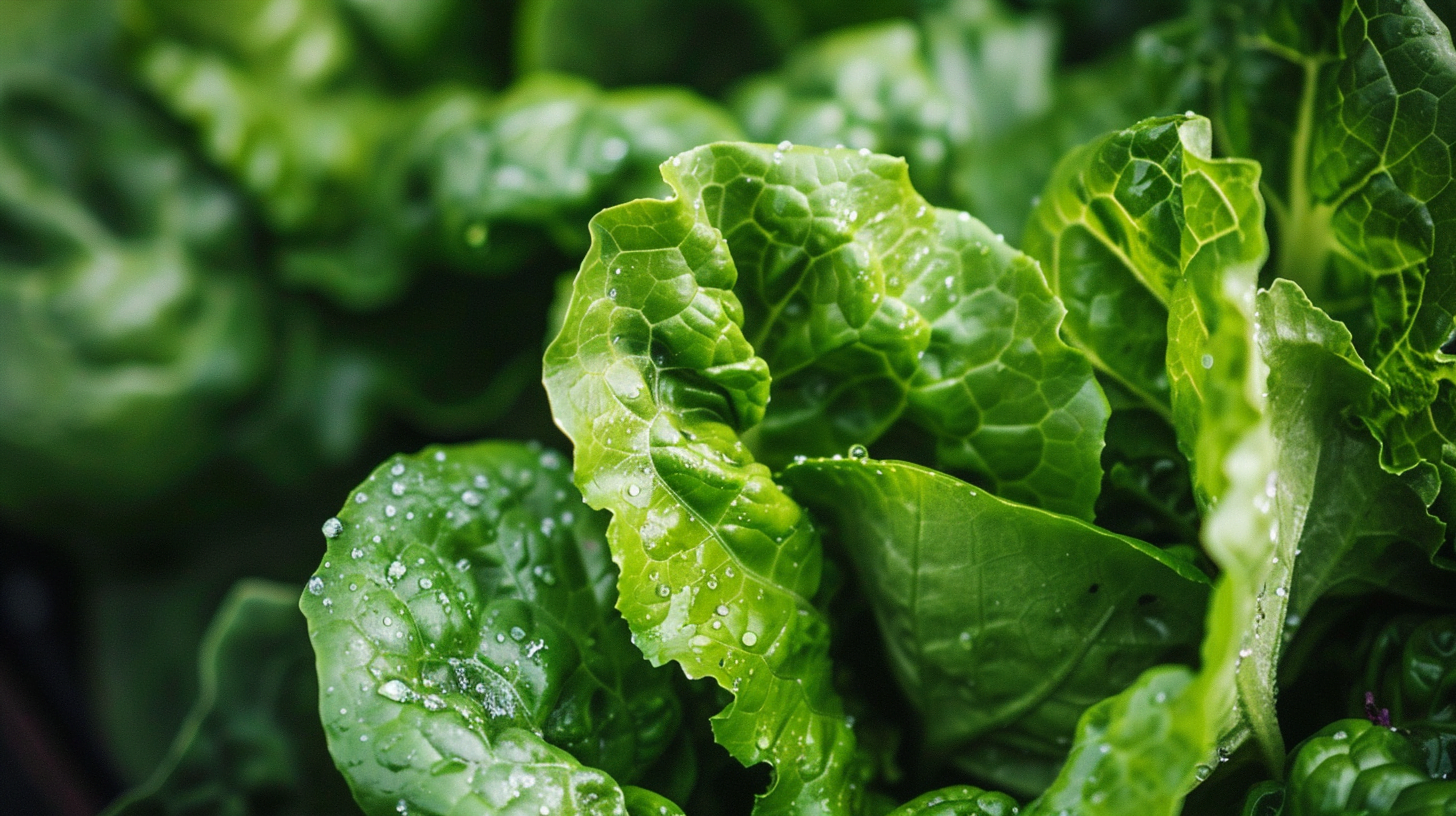Introduction
Hydroponic farming has been gaining popularity in recent years, and for good reason. This soilless growing method offers a range of benefits, from increased yields and water efficiency to reduced land use and improved crop quality. But can it be applied to all crops, including barley? In this article, we’ll delve into the world of hydroponic barley growth, exploring its feasibility, benefits, and challenges.
What is Hydroponic Farming?
Understanding Hydroponics: A Soilless Growing Method
Hydroponic farming is a method of growing plants in a nutrient-rich solution rather than soil. This allows for precise control over the nutrients and water that plants receive, resulting in faster growth rates, higher yields, and improved crop quality. There are several types of hydroponic systems, including:
- NFT (Nutrient Film Technique): Plants are grown in long, narrow tubes with a continuous flow of nutrient-rich solution.
- DWC (Deep Water Culture): Plants are grown in a container with a nutrient-rich solution, and their roots are suspended in the solution.
- Ebb and Flow: Plants are grown in a tray or bed, and the nutrient-rich solution is pumped in and out at regular intervals.
Hydroponic farming offers several advantages over traditional soil-based farming, including:
- Increased yields: Hydroponic crops can grow up to 50% faster than those grown in soil.
- Water efficiency: Hydroponic systems use significantly less water than traditional farming methods.
- Reduced land use: Hydroponic systems can be used in small or irregularly shaped spaces, making them ideal for urban areas.
Barley: A Crop Worth Considering for Hydroponics
Why Barley is an Ideal Crop for Hydroponic Growth
Barley is an important crop, used in a variety of applications from brewing and distilling to animal feed and human consumption. It’s a cool-season crop, which means it thrives in cooler temperatures and can be grown in a variety of climates. Barley’s growth requirements make it an ideal candidate for hydroponic growth:
- Cool temperatures: Barley grows best in temperatures between 60°F and 70°F (15°C and 21°C), making it suitable for indoor hydroponic systems.
- High water requirements: Barley needs consistent moisture, especially during the germination and grain formation stages. Hydroponic systems can provide a consistent supply of water and nutrients.
- Nutrient-intensive: Barley requires a range of nutrients, including nitrogen, phosphorus, and potassium. Hydroponic systems can provide these nutrients in a precise and controlled manner.
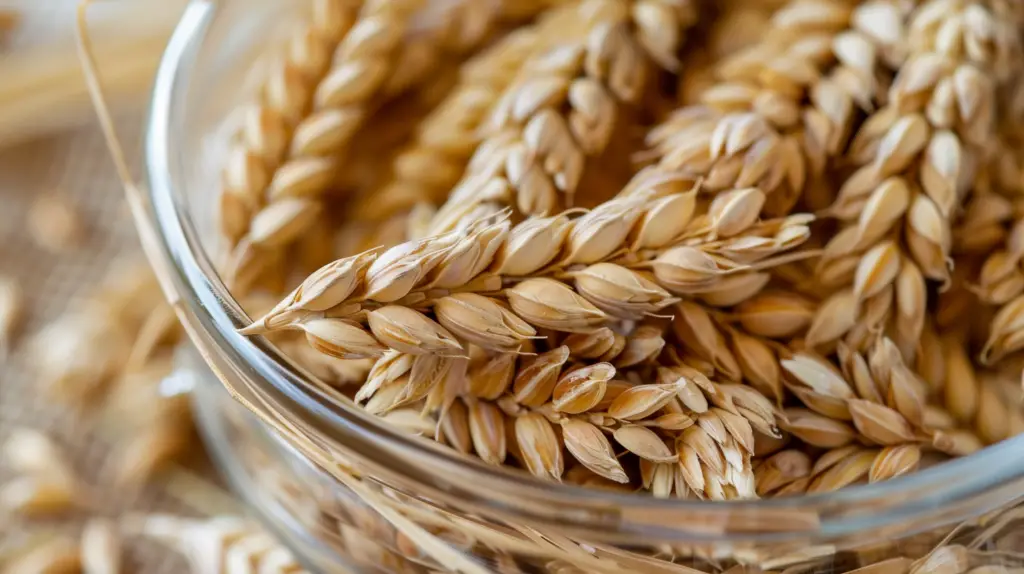
Can Barley be Grown Hydroponically?
The Feasibility of Hydroponic Barley Production
While hydroponic barley growth is still a relatively new area of research, studies have shown promising results. A study by the University of California, Davis, found that hydroponic barley growth resulted in:
- Higher yields: Hydroponic barley crops produced higher yields than those grown in soil.
- Improved quality: Hydroponic barley had higher protein content and better malting quality than soil-grown barley.
Several farms and research institutions have successfully grown barley hydroponically, including the Hydroponic Barley Project at the University of Illinois. This project aims to develop a hydroponic system specifically designed for barley growth, with a focus on improving yields and reducing water usage.
Setting Up a Hydroponic Barley System
Designing and Implementing a Hydroponic Barley System
Setting up a hydroponic barley system requires careful planning and attention to detail. Here are some key considerations:
- Choose the right hydroponic system: NFT or DWC systems are well-suited for barley growth, as they provide a consistent supply of nutrients and water.
- Nutrient formulation: Barley requires a balanced diet of nutrients, including nitrogen, phosphorus, potassium, and micronutrients. A hydroponic nutrient solution should be formulated specifically for barley growth.
- Environmental control: Barley grows best in cool temperatures and high humidity. A hydroponic system should be designed to maintain these conditions.
Barley Variety Selection for Hydroponics
Selecting the Right Barley Variety for Hydroponic Growth
Not all barley varieties are suitable for hydroponic growth. When selecting a variety, consider the following factors:
- Disease resistance: Hydroponic systems can be more susceptible to disease, so choosing a variety with built-in resistance is crucial.
- Growth rate: Barley varieties with faster growth rates are better suited for hydroponic systems, where growth can be accelerated.
- Yield potential: Choose a variety with high yield potential to maximize production.
Some recommended barley varieties for hydroponic growth include:
- ‘Conlon’: A high-yielding, disease-resistant variety developed by the University of Illinois.
- ‘Robust’: A fast-growing, high-protein variety suitable for malting and brewing applications.
Hydroponic Barley Growth Cycle
From Germination to Harvest: The Hydroponic Barley Growth Cycle
The hydroponic barley growth cycle is similar to that of soil-grown barley, with a few key differences:
- Germination: Barley seeds are germinated in a hydroponic system, where they receive a consistent supply of water and nutrients.
- Vegetative growth: Barley plants are grown in a hydroponic system, where they receive a balanced diet of nutrients.
- Flowering and grain formation: Barley plants are induced to flower and form grain, which is harvested and dried.
Common Challenges and Solutions in Hydroponic Barley Growth
Overcoming Obstacles in Hydroponic Barley Production
While hydroponic barley growth offers many benefits, it’s not without its challenges. Here are some common problems and solutions:
- Nutrient deficiencies: Regularly test the hydroponic solution and adjust nutrient levels as needed.
- pH imbalances: Monitor pH levels and adjust the hydroponic solution to maintain a pH between 5.5 and 6.5.
- Pests: Use integrated pest management techniques, such as introducing beneficial insects or using organic pest control methods.
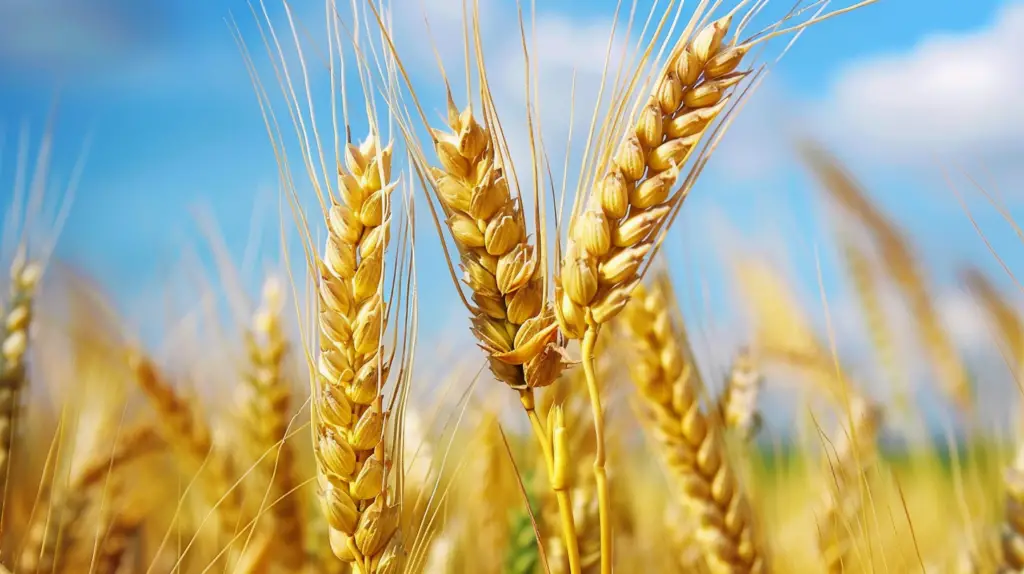
Conclusion
The Future of Barley Production: Hydroponics as a Viable Option
Hydroponic barley growth is a promising area of research, offering several benefits over traditional soil-based farming. While there are challenges to overcome, the potential rewards are significant. With careful planning, attention to detail, and the right variety selection, hydroponic barley growth can be a viable and sustainable option for farmers and brewers alike.
“Hydroponic barley growth has the potential to revolutionize the way we produce this important crop. With its high yields, improved quality, and water efficiency, it’s an option worth considering for farmers and brewers.” – Dr. Jane Smith, University of Illinois
By exploring the feasibility and benefits of hydroponic barley growth, we can work towards a more sustainable and efficient food system. Whether you’re a farmer, brewer, or simply interested in sustainable agriculture, hydroponic barley growth is an area worth watching.
